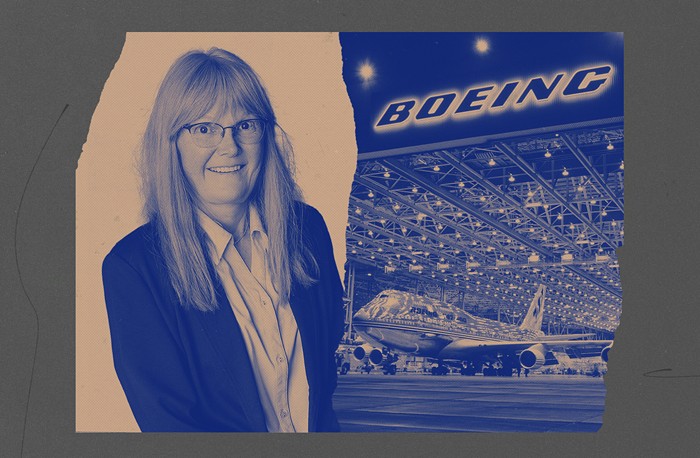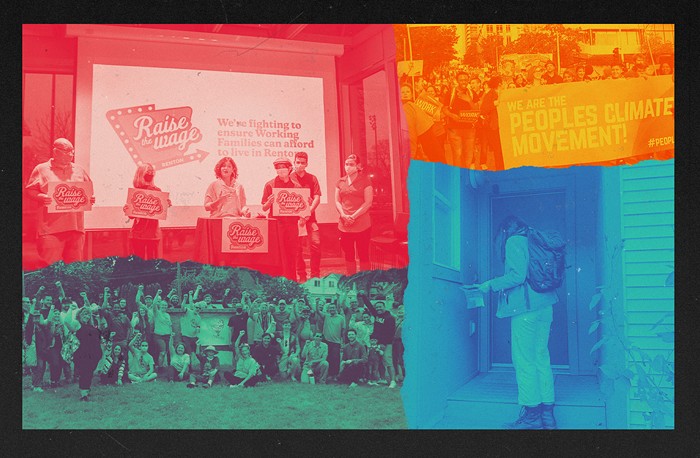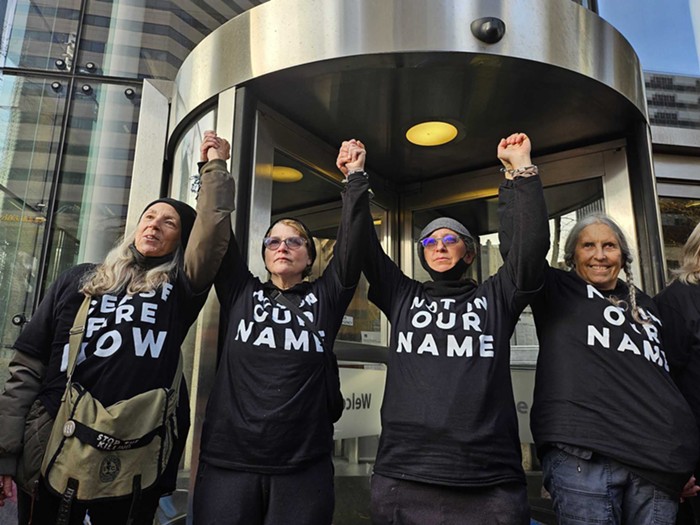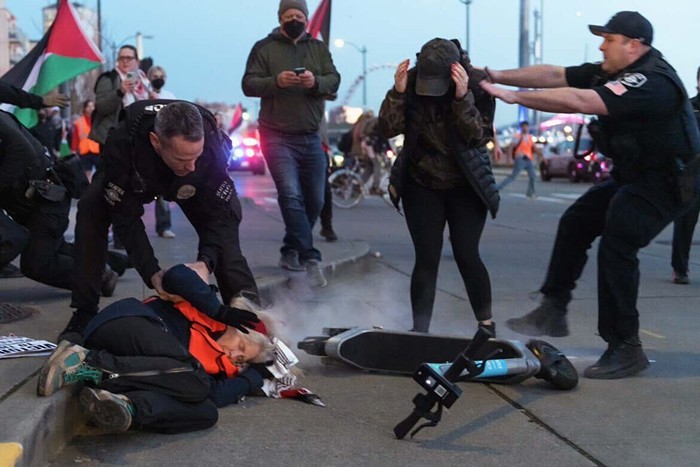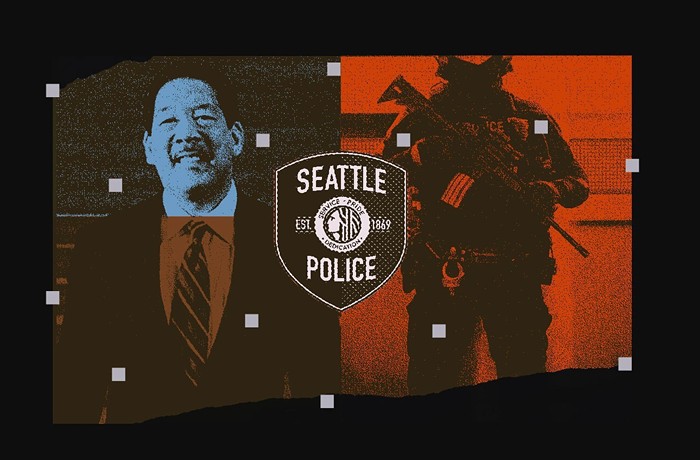
In an end-of-day press release Friday, Mayor Ed Murray's office announced that changes could be coming to the way the city forces homeless people to move from where they're camping. But the mayor won't stop the clearing of encampments entirely, as homeless advocates have demanded, which makes a resolution unlikely in the ongoing fight over how the city chases homeless people from place to place and trashes their belongings.
This month, Murray's office will convene a task force to consider changes to the protocols that govern the city's problematic encampment sweeps. Those protocols are supposed to provide homeless people advance notice that their campsite is being cleared and ensure that, if they're not there when city and state officials show up, their belongings are stored so they can get them back. But it's well-known that this doesn't always happen.
Murray's announcement came the same day as a Seattle Times story documenting the ways in which the city's encampment sweeps continue to fail people without shelter. In witnessing more than a dozen camp evictions, the Times verified what advocates have been saying for months: Homeless people often do not know when their area will be cleared and have trouble getting their belongings back—if they're saved at all. (As we've reported, the city also sometimes pays a private company to help do this work.)
Because of these problems, as well as insufficient shelter and housing options, advocates and some on the Seattle City Council have demanded a stop to all sweeps. But the mayor has doubled down, repeatedly claiming homeless camps are a health and safety problem. In a statement Friday, Murray said "both significant public safety and public health issues necessitate the city continue responding to unsanctioned encampments." (Council Member Kshama Sawant rejects this idea. "Unless you're going to tell me that every single one of these cleanups that you have listed was absolutely because of grave dangers to human life," she said in February, "I do not accept this general idea—abstract idea—that, well, there are concerns to public safety [and] that is why we have to do cleanups.")
The new task force will include homeless service providers like REACH and the Downtown Emergency Services Center and business groups from Ballard, SODO, and other neighborhoods. The mayor's office says it has also invited the American Civil Liberties Union of Washington and Columbia Legal Services, two groups that have been outspoken against the sweeps and threatened legal action against the city. (A spokesperson for the ACLU says the group will not be joining the task force, but I'm waiting for further explanation about why. I've also reached out to CLS and other advocates and will update when I hear back.)
The task force will make recommendations next month. Until then, outreach workers and representatives from the city's Office for Civil Rights will attend all sweeps, according to the mayor's office.

Meanwhile, Murray's office is also moving toward a full clearing of the area under I-5 known as the Jungle. Last week, the mayor said he wants to give the Washington State Department of Transportation the go-ahead to clear the area with heavy equipment and rebuild the roads there. When that work starts, anyone living in the Jungle—people who often have few other options—will be required to leave.
The Jungle has been active for years, but became a focus for Murray after a fatal shooting there in January. Soon after, Murray said the area was unsafe and should be cleared. But when advocates pushed back against the mayor's plan to clear the area in just two weeks, he backtracked. Since then, the Union Gospel Mission has been doing outreach there to try to connect people to services and shelter.
UGM says about 100 people are still living in the Jungle. The city and UGM are now encouraging them to move to a new temporary camp nearby at Royal Brougham Way and Airport Way South in preparation for WSDOT's work. (Despite criticism, the city continues to partner with UGM, in part because the city doesn't pay the religious organization for this work.)
It's unclear when, exactly, the people living under I-5 be forced to leave and whether they'll face arrest if they refuse. The mayor has sent the city council a resolution about the area, but has not announced a start date. The council is on recess until September 6.
